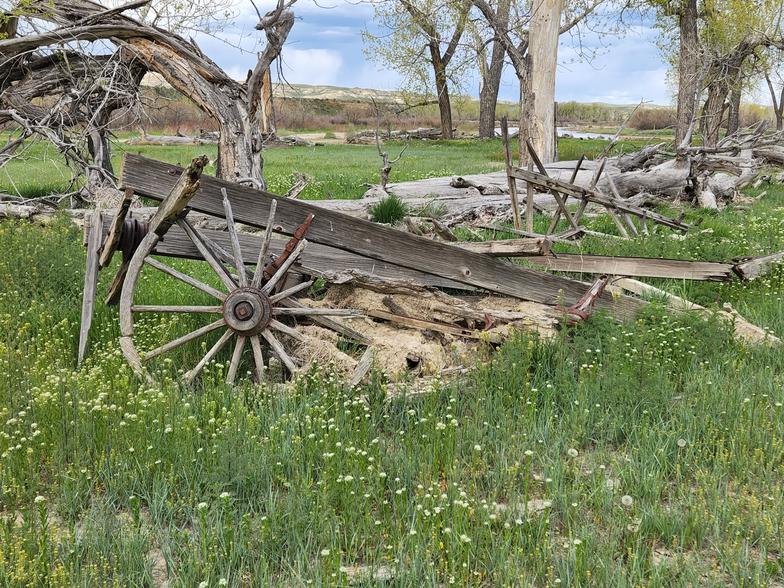Johnson County Weed & Pest
Call us: 307-684-5715
About
Johnson County Weed & Pest
The Johnson County Weed & Pest District was established as per the Wyoming Weed & Pest Control Act of 1973, which stated that all private, state, federal, and municipally owned lands are included in the District with the boundaries of each district in the State being the same boundaries of each respective county.
The county commissioners are empowered to appoint Directors to the District Board that shall represent a board member area or geographic area for which they reside in within the District. Currently, Johnson County has representation from 5 separate board member areas.
The District Board’s primary mandate is to “implement and pursue an effective program for the control of designated weeds and pests” which are set by the Act. These species qualify for landowner cost share assistance at the discretion of the Board.
The Board is further obligated to conduct regular business meetings once a month, which are open to the public; record the minutes and make available for public inspection; employ a Certified Supervisor; make at least 1 annual inspection of District activities; and render technical assistance to any city or town with a population of five thousand (5,000) or more which establishes a program. The Board may employ personnel to carry out implemented programs and declare certain other species of special concern or environmental threat within the county that would also qualify for cost share assistance.
The County Commission shall annually levy a tax for the District Board to carry out the Weed and Pest Act. The tax is levied on all property in the District; but, shall not exceed one (1) mill on each dollar ($ 1.00) of assessed valuation. The tax is not part of the general county or city mill levies and is known as the General Weed and Pest Control fund.
The District Board, also, has the option to levy a second mill as outlined above, for what is called a Special Management Program. This was also known for many years as the Leafy Spurge program. Since the District cannot adequately fund an effective program on Leafy Spurge through the first mill, the District exercises their ability to levy up to the full second mill for that purpose. The Special Management Program statutes also allow funding to be allocated from this second mill for use on one other weed or pest provided Leafy Spurge takes priority. The District Board established a Special Management Program under this statute for Salt Cedar in 2008.
The District Board elected to remove Salt Cedar from the Special Management Program starting July 1, 2017. The District has successfully reduced the Salt Cedar in much of the 15,000 acres, cut and treated along the Powder River to date, to a manageable level. Accordingly, the Board feels the costs of management within the 15,000 acres and costs of projects that are committed in the near future can easily be funded through the General fund. The Board currently intends to keep the focus of funding generated under the Special Management Program on Leafy Spurge. The District has been successful in keeping Leafy Spurge to a manageable level in the county and as such prioritizes funding generated under the second mil strictly for Leafy Spurge so that we don’t lose the ground and momentum we have gained.
Photo Credit Allen Buff
2025 Meetings to address grasshoppers have been scheduled! Tues, Feb 11th at the Firehall in Kaycee at 1pm; Wed, Feb 12th at the Fairgrounds in Buffalo at 9am.



